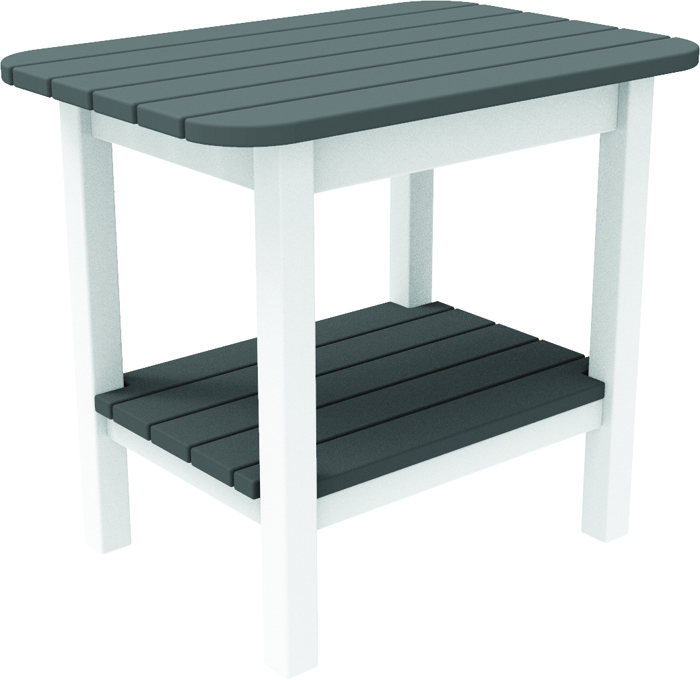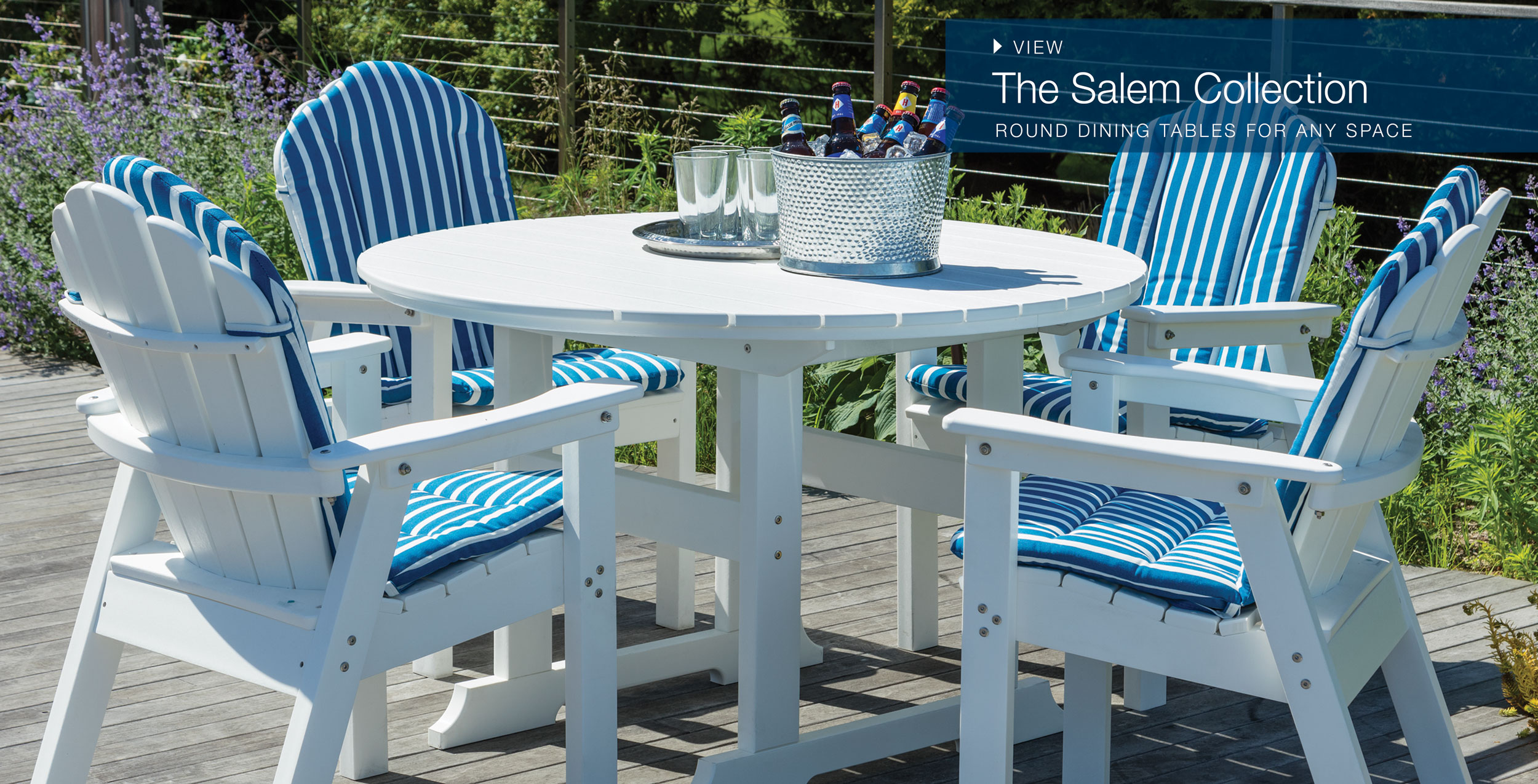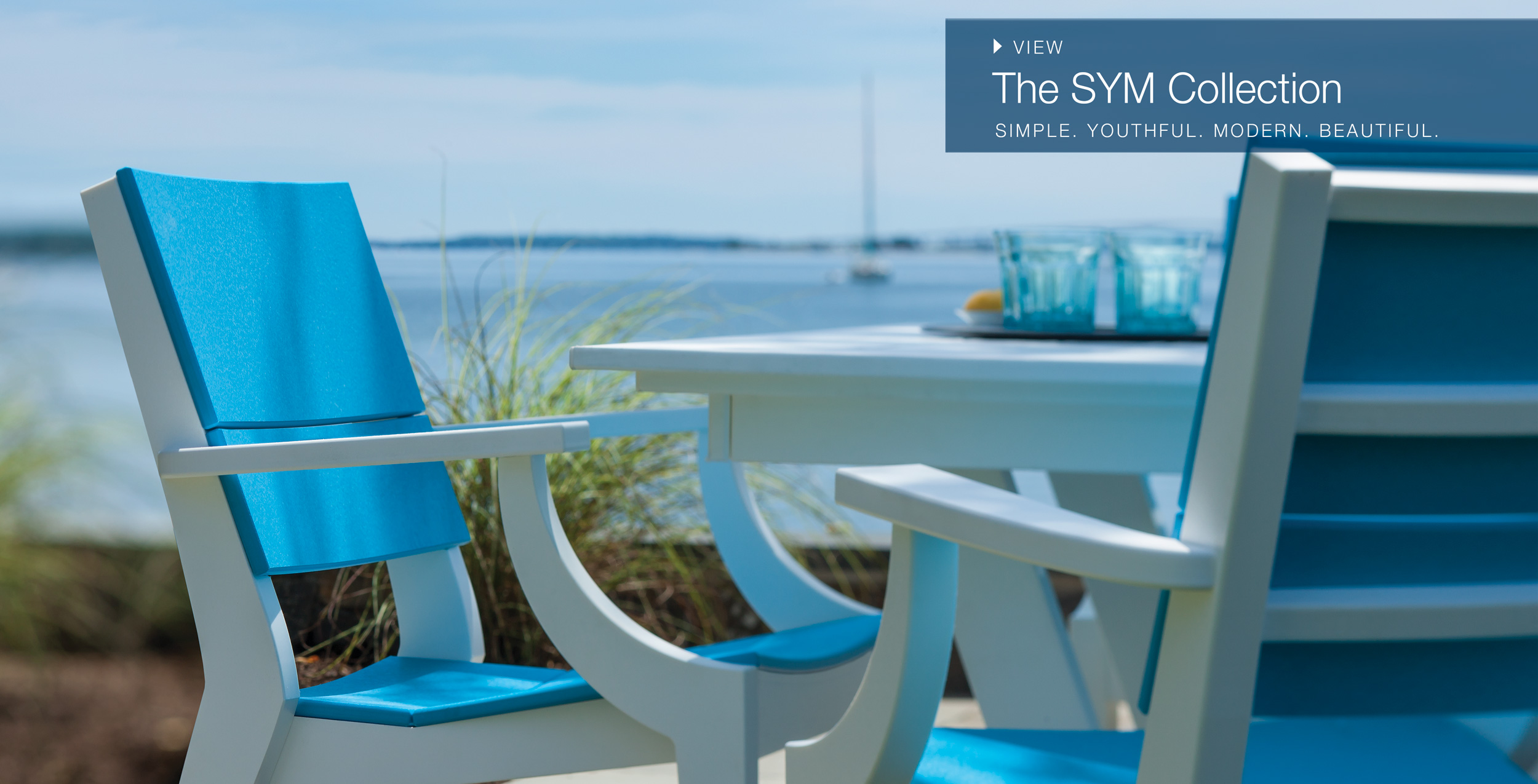When considering the foundation of these umbrellas, many models are equipped with robust bases that provide stability in windy conditions. This feature is crucial for outdoor use, as it ensures that the umbrella remains securely in place, preventing it from being easily toppled by gusts of wind. Additionally, some HOA umbrellas offer a tilt mechanism, allowing users to adjust the angle of the shade as the sun moves throughout the day, further enhancing their functionality. This adaptability ensures maximum comfort, providing shade when it is needed the most.
Choosing the ideal Italian Libeccio Table fiberglass umbrella dining table involves considering several key factors that affect both performance and value. This guidance helps consumers dining table match their specific needs with the right product features.


Environmental impact of Sunbrella umbrellas presents a nuanced picture that environmentally conscious buyers should consider. Understanding both the positive and negative aspects helps make informed purchasing decisions.
Outdoor fabric technology dates back decades, with basic water-resistant treatments applied to conventional materials. The modern Sunbrella approach began to take shape in the 1960s, but the real transformation came with the introduction of solution-dyed acrylic dining table technology that fundamentally changed how performance fabrics work.
Size and shape selection should match your specific space and needs. Sunbrella fabrics support various umbrella configurations, from traditional round canopies to squares, rectangles, and custom shapes. The material’s dimensional stability and strength allow for larger sizes than might be practical with lesser fabrics, potentially reducing the number of umbrellas needed to shade a given area.

Budget realities require balancing immediate costs against long-term value. Sunbrella umbrellas typically cost more than basic models but last significantly longer under regular use conditions. Most users benefit from investing in quality for high-traffic, heavily used areas while potentially choosing more economical options for secondary or occasionally used spaces.
As we look to the future of Fiberlite umbrellas, the potential for innovation remains vast. Emerging technologies may introduce new materials that further enhance durability while reducing weight. Additionally, smart technology could be integrated into umbrella designs, allowing for features such as weather forecasting or automatic adjustments based on environmental conditions. Such advancements would undoubtedly elevate the user experience, making Fiberlite umbrellas not only practical but also a reflection of modern living.